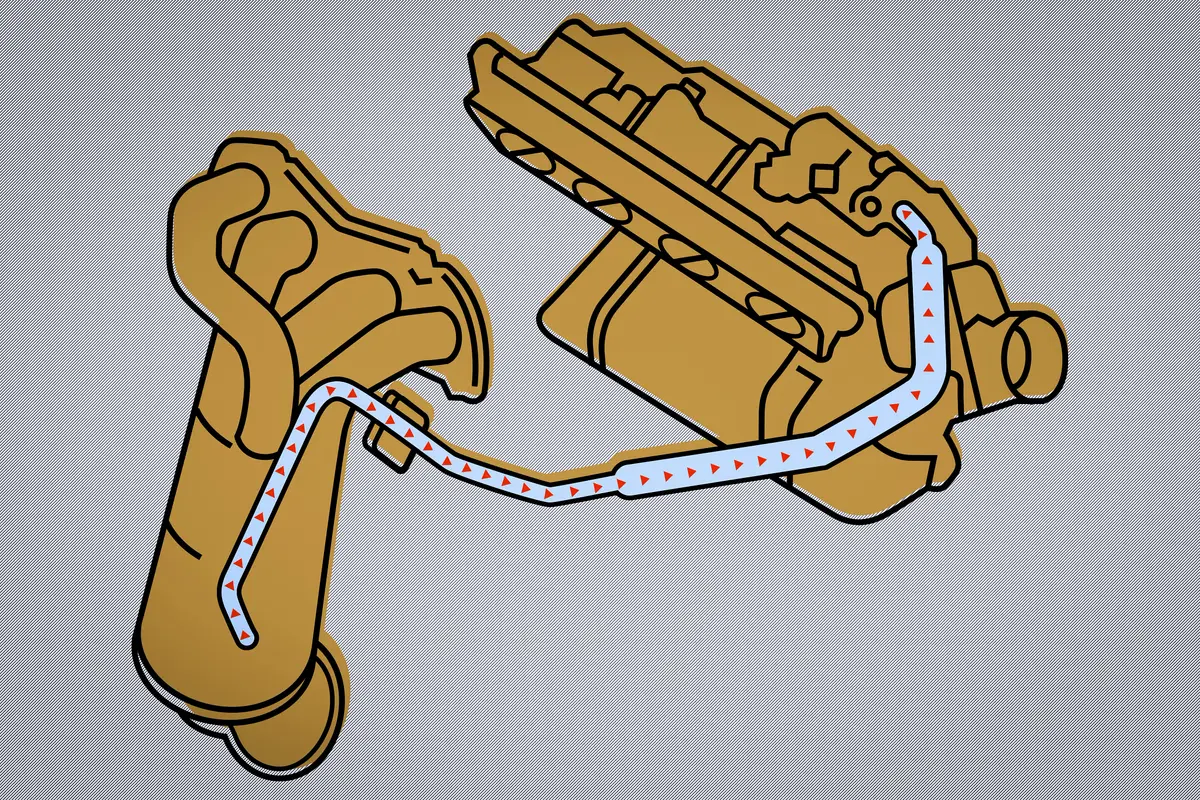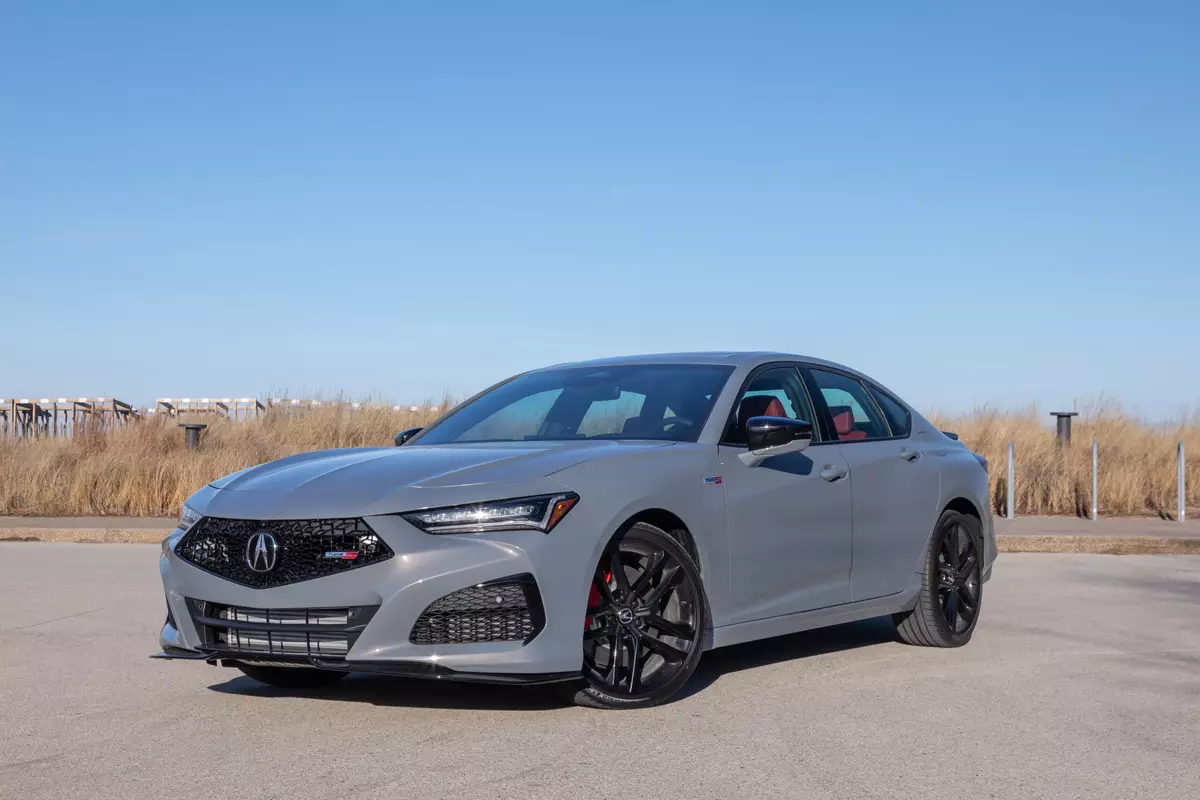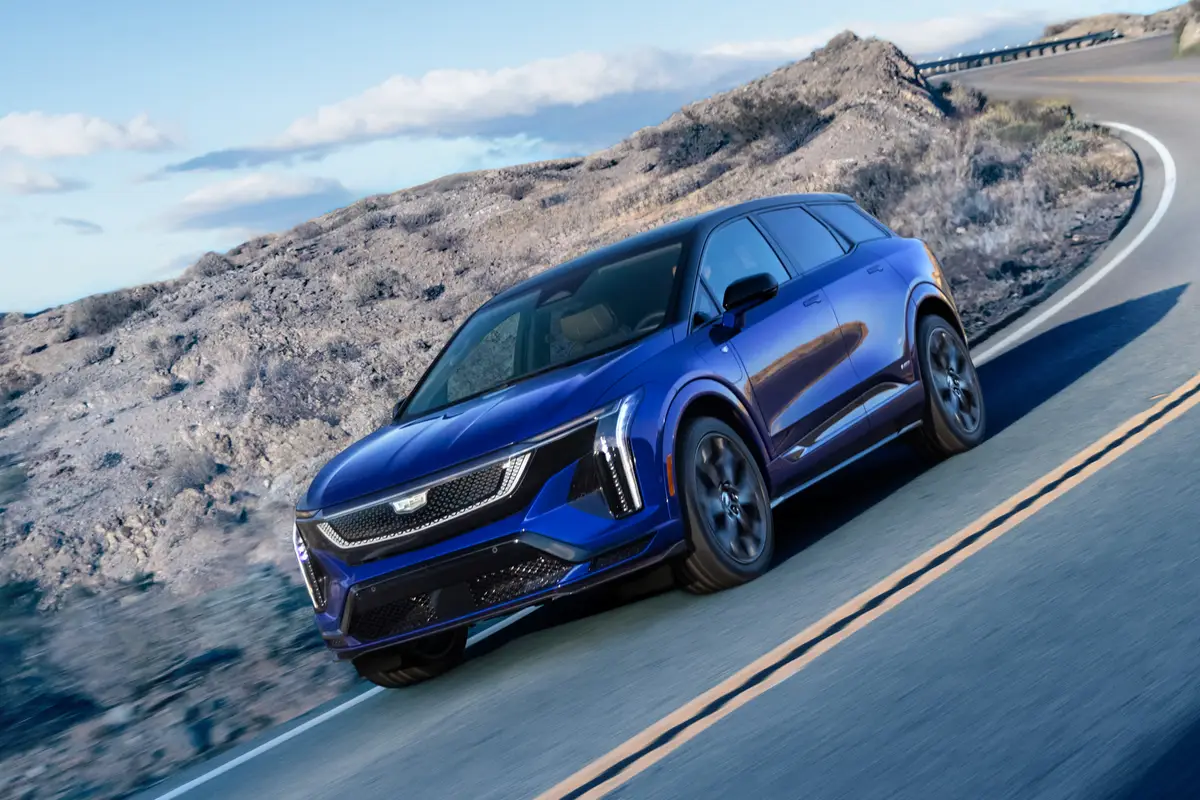Star-Telegram.com's view
For 2010, Volvo has added the XC60 compact wagon to its lineup to compete with a spate of new models in the suddenly burgeoning small premium crossover segment.
As with the XC70 that came before it, this vehicle is a beefed up station wagon that gets the “crossover” designation because it has a bit higher ground clearance (9.1 inches) than the average wagon, and also just because it’s cooler for a vehicle to be a crossover than a boring old wagon.
Oddly, though, the XC60 isn’t based on the chassis of Volvo’s compact S60 sedan, but rather on the chassis of the aforementioned XC70, which is a beefier-looking version of the V70 midsize wagon.
The XC60 is slightly smaller than the XC70 and the XC90, which is the only Volvo that seems truly like an SUV rather than just a puffed-up wagon. The XC stands for “cross country.”
Overall length of the XC60 is 182.2, versus 190.5 inches for the XC70 and 189.3 for the XC90. But the XC60 is taller than the XC70 by almost five inches, although at 67.4 inches it’s still nearly three inches under the XC90’s height.
The XC60 and XC70 have room for only five passengers, however, while the XC90 can be configured for seven. Another oddity, though, is that the starting price for the XC60 is $200 more than for that of the 2009 XC90, which begins at $37,000.
And the XC60 starts at just $50 less than the XC70. This begs the question: Why settle for a smaller vehicle with a compact interior when larger models with more space cost about the same?
Most automakers differentiate the sizes of their similarly shaped vehicles by price. For instance, the Mercedes-Benz GLK, which competes directly with the XC60, begins at $33,900, and the next size up in the Mercedes line, the M-class, starts at $44,600.
The difference, though, Volvo will tell you, is that the XC60 is better equipped than the base models of its competitors and even the other Volvo crossovers.
It comes only in one model, and for the base price there are such standard amenities as all-wheel drive, a turbocharged 281-horsepower inline six-cylinder engine, a six-speed Geartronic automatic transmission with manual-shift feature, and some safety features not found on any of the others.
Among them is Volvo’s new “City Safety” system, standard on and exclusive to (for now) on the XC60. This system takes over control of the vehicle if the driver becomes distracted – perhaps while “texting” instead of driving – and automatically stops the car if it is about to run into the vehicle in front.
The system will completely stop the car if it is going under 19 mph and the difference in speeds between it and the car in front (or a stationary object) is 9 mph or less. If the difference is more than 9 mpg, the car will brake itself, but won’t avert a collision completely.
I mention texting because doing that while driving seems to have become one of the most-popular and most-dangerous practices of some drivers in today’s society. While the City Safety system won’t compensate for all of the stupidity of some drivers, at least it might help prevent a fender-bender or two. Volvo says that studies show 75 percent of traffic accidents occur at speeds of up to 19 mph.
This system has its limits, however. The driver who delivered the test vehicle to me set up a couple of metal barriers in front of the car and demonstrated how the XC60 would stop itself as it approached them at low speed.
But during my own test-driving, I was never able to get the car to brake on its own in situations that I thought would be good tests for it – such as nosing into an angled mall parking space. The XC60 made no attempt to stop when it was about to hit the front end of the car parked in the space opposite the one I was turning in to.
Likewise, while parallel parking, it made no moves to stop on its own as it approached the car parked in front. The system doesn’t work when the car is moving below about 5 mph, or when the steering wheel is being turned. With these restrictions, the system has limited value. It might prevent an accident during stop-and-go freeway rush-hour driving, however. But if you fall asleep at a red light, you probably will still bump into the car ahead of you.
The XC60 has an interesting exterior design that is a departure from the standard boxy Volvo wagon look of the past, with lots of curves and angles that give it a muscular, masculine appearance. It’s kind of cool, and should appeal to younger consumers who want a bit more curb appeal than Volvo has usually been known for. But those among us who are longtime Volvo wagon owners and fans (such as I am) probably won’t be as impressed by this new direction in styling.
As with virtually all Volvo products, though, the XC60 is well-built, well-equipped, quite comfortable, chock full of safety features, and fun to drive. Even with the relatively heavy curb weight of 4,100-plus pounds, the XC60 moves right along with the push of the accelerator, thanks to that turbo engine and its accompanying torque of up to 295 foot-pounds.
The automatic gearbox shifts smoothly – and, more importantly, smartly. Its computer controller helps keep it from gear-hunting on uphill and downhill slopes, and it downshifts quickly and accurately for quick bursts of speed to accommodate passing and freeway merges.
EPA fuel-economy ratings are 16 mpg city/22 highway.
Inside, the XC60 has leather seats, with front buckets that are easy on the backside even for long highway runs. The rear seat has decent room for two adults or three kids, but three adults wouldn’t want to be crammed back there for any length of time. Legroom is limited if the front seats are all the way back on their tracks, but that’s normal for other vehicles in this class, as well.
Other standard equipment includes power windows/mirrors/door locks with remote, 18-inch wheels (19-inch are optional), HD radio as part of a high-performance audio system that also includes Sirius satellite radio, and, as an introductory special, a panoramic sunroof that later on will be an extra-cost option.
Among standard safety features are front seat-mounted side air bags, roof-mounted side-curtain air bags for both rows, electronic stability control with traction control, four-wheel antilock disc brakes with electronic brake-force distribution, and a tire-pressure monitoring system.
Options include a Technology Package ($2,700) that brings a navigation system, back-up camera and premium 650-watt Surround Sound audio system; a Collision Avoidance Package ($1,695), which adds adaptive cruise control, lane-departure warning, and collision alert with automatic braking (separate from the City Safety system, and active at highway speeds); a Convenience Package ($1,000), which includes a power tailgate, front and rear parking assist, and universal garage opener; and a Climate Package ($1,000), which tacks on heated front and rear seats and windshield-washer nozzles, along with rain-sensing wipers, headlight washers and an interior air-quality system.
I found the lane-departure warning a bit annoying, and turned it off. Likewise for the adaptive cruise control, whose warnings as you are approaching another vehicle can be annoying, as well. The nicest thing about these high-tech options is that each one can be turned off with the push of a button, which people who prefer to drive their own cars without help from a safety nanny probably will want to do.
Built-in dual child-safety seats are a $495 option; Volvo’s Blind Spot Information System is $695; Xenon active headlights are $800; and the “personal car communicator” with keyless drive is $550.
Seven special exterior paint colors are offered for an extra $525, and there is one that costs $675, called “electric silver metallic.” Also available is “Nordic Light Oak” interior trim for $295.
The automotive columns of G. Chambers Williams III have appeared regularly in the Star-Telegram since 1995. Contact him at 210-250-3236; chambers@
star-telegram.com.
2010 Volvo XC60
The package: Compact, premium, five-door, five-passenger, turbocharged inline-six-cylinder-powered, all-wheel-drive crossover utility vehicle.
Highlights: New for 2010, this is Volvo’s first compact crossover, and is aimed at women, young families and empty nesters. It has a long list of high-tech safety features and options.
Negatives: Pricey, especially when equipped with all the options; some of the high-tech safety features can be a nuisance, but can be easily disabled.
Engine: 3.0-liter inline six-cylinder, turbocharged.
Transmission: Six-speed automatic.
Power/torque: 281 HP/295 foot-pounds.
Length: 182.2 inches.
Curb weight: 4,174 pounds.
Brakes, front/rear: Disc/disc, antilock.
Cargo volume: 30.8 cubic feet (behind rear seat).
Towing capacity: 3,300 pounds.
Side air bags: Front seat-mounted, roof-mounted side-curtain for both rows, standard.
Electronic stability control: Standard.
Fuel capacity/type: 18.5 gallons/unleaded regular.
EPA fuel economy: 16 city/22 highway.
Major competitors: Acura RDX, BMW X3, Audi Q5, Infiniti EX35, Mercedes-Benz GLK.
Base price: $37,200 plus $825 freight.
Price as tested: Not provided, but can total $47,255 with all extras and freight (plus $525 or $675 for choice of special exterior paint color).
On the Road rating: 7.6 (of a possible 10).
Prices shown are manufacturer’s suggested retail; actual selling price may vary.
Latest news



